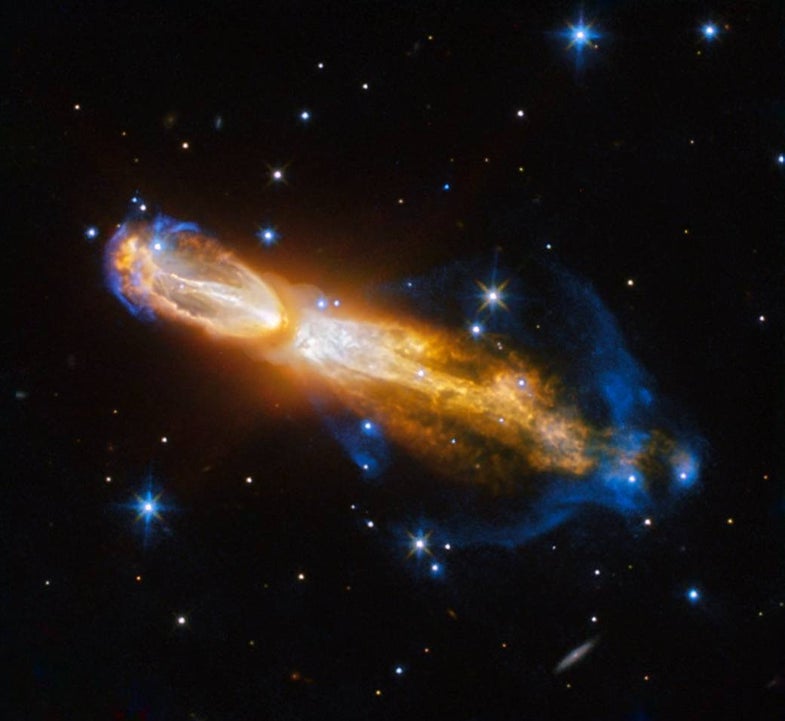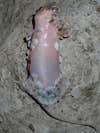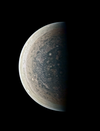Naked gecko
Researchers have identified a new breed of gecko—and you may be surprised by what it does. If a predator applies pressure to the gecko’s body, the gecko literally shimmies out of its scales. That helps it escape sure death, but it’s also a traumatic event that forces the animal to regrow its scales—a process that takes several weeks. But hey, that’s a speedier recovery than any of us would think after looking at these sickening images.
Jupiter, in all its glory
Last summer, NASA launched the Juno spacecraft and for the last eighteen months, it’s been producing spectacular images of Jupiter, the largest planet in our solar system. A citizen scientist created this image of Jupiter’s south pole using Juno’s captured data and enhanced it to reveal beautiful cyclones dancing across what must be a terrifyingly stormy surface.
Super Bowl drones
The Super Bowl halftime show seems like more of a spectacle with every passing year. Lady Gaga’s Super Bowl LI appearance was no different, but not just because of her notoriously edgy style. This year, Gaga’s performance down on the field was complimented by a simultaneous drone show in the sky, courtesy of the Intel Corporation. Because what’s more American than a drone flag and a robotic skywriting of the word Pepsi?
Intergalactic bridge
Hansel and Gretel have nothing on these intergalactic breadcrumbs, says PopSci’s own Sarah Fecht. Captured by the European Gaia mission, this image reveals a bridge of stars. The path, which has been hypothesized before but never seen, is actually a faint but beautiful connection between two galaxies.









